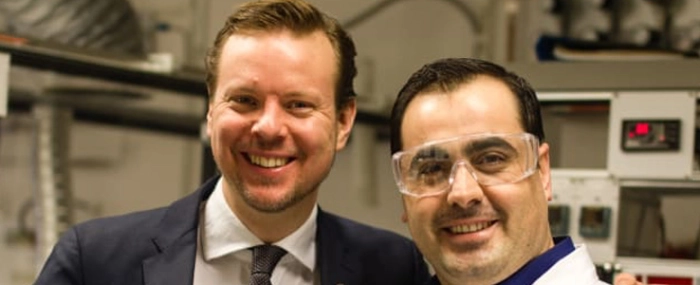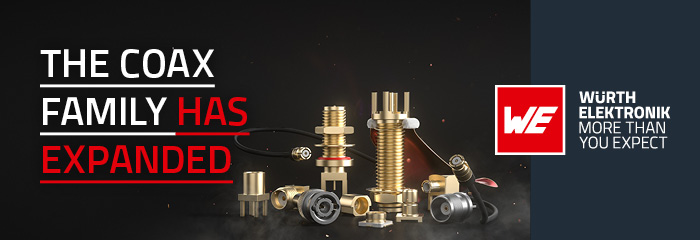
© Graphmatech
Business |
Swedish start-up enables full-scale implementation of Graphene
A breakthrough at Uppsala University claims to have solved the implementation issues of graphene. Until now challenges around agglomeration has prevented utilisation of the properties of graphene in real-life applications.
The novel hybrid graphene material named Aros Graphene solves this and is expected to revolutionise the way we design electronics, energy storage and mechanical systems.
Graphene is a two-dimensional carbon material that is only one atom thick and it is the strongest and thinnest material ever known. It is also extremely conductive for heat and electricity as well as ultra-light and transparent. Graphene is predicted to revolutionise the energy sector and electronics and we could even build lightweight aircraft of graphene composites in the future.
However, there has been one major challenge with the material, until now. More than 10 years after the first isolation of graphene we can still use it in very limited applications. Graphene’s properties dramatically degrades under upscaling and researchers have been struggling with this challenge and recently a breakthrough was made at the Ångström Laboratory, Uppsala University in Sweden.
"A major challenge of working with graphene was the agglomeration under scale-up. We had fantastic properties at the nano-scale andless encouraging properties at macro-scale. The challenges have driven me to intensively think about solutions to bring such a wonder-material to industrial products while keeping its amazing properties," Dr. Mamoun Taher says in a press release.
Since 2015 Dr. Mamoun Taher has been doing research at the Ångström Laboratory at Uppsala University and has also been working on graphene related projects with ABB. Aros Graphene is a hybrid ionic graphene material that is easy and eco-friendly to manufacture and can be applied as an additive into a matrix, a coating or even by 3D printing.
"With Aros Graphene we can finally realize the full potential of graphene and we have already shown that in preliminary tests with potential customers. The first commercial applications will be available in 2019."
However, according to the researchers, the most remarkable discovery was not that they had produced a new material but the striking properties that this novel material possessed. It turns out that Aros Graphene has the electrical and thermal properties of graphene not only in two dimensions but in 3D, and furthermore the surface has extremely low friction and high wear resistance, the press release continues.
This novel material is expected to pave the way for new sustainable products in a number of industrial applications, says Björn Lindh, entrepreneur, previously in Disruptive Materials with the material Upsalite, and now co-founder of Graphmatech, which will commercialise Aros Graphene.
Graphmatech has been accepted both to the EU-sponsored incubator program InnoEnergy and ABB’s Innovation and Growth hub SynerLeap and got initial funding from Vinnova. The next step is to prove Aros Graphene in different customer applications.




